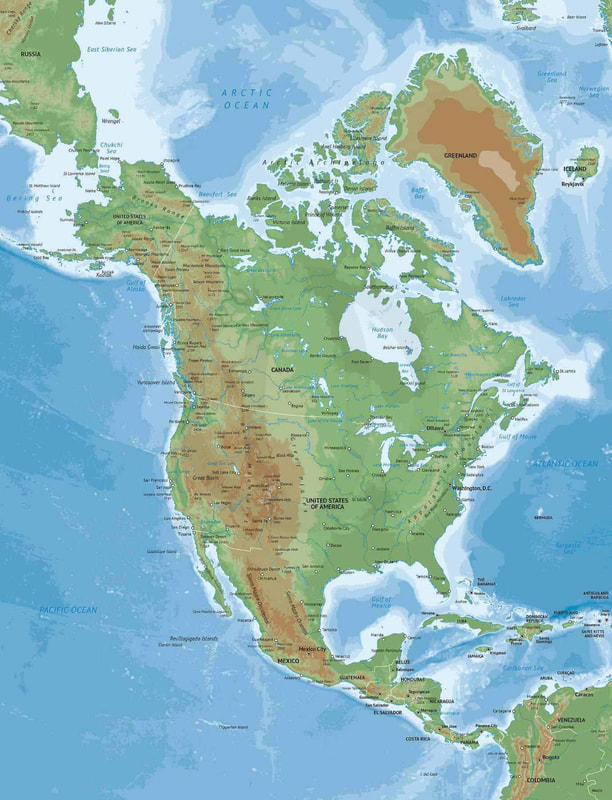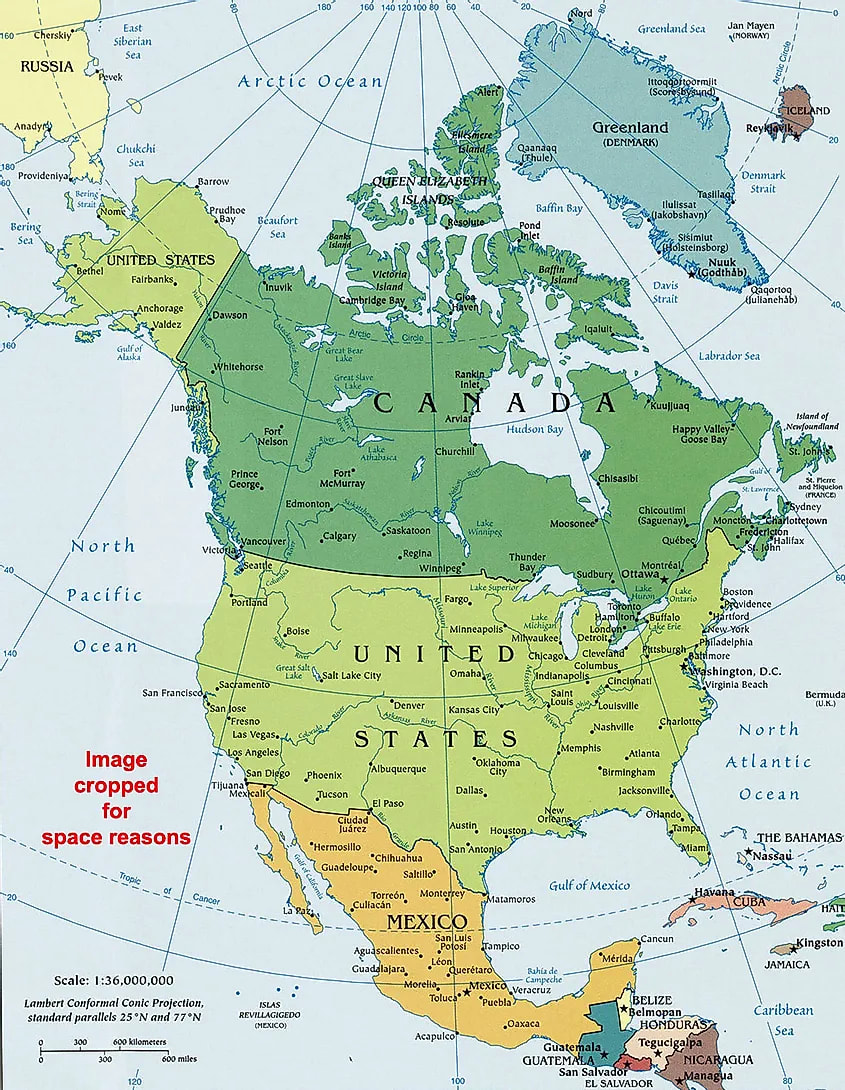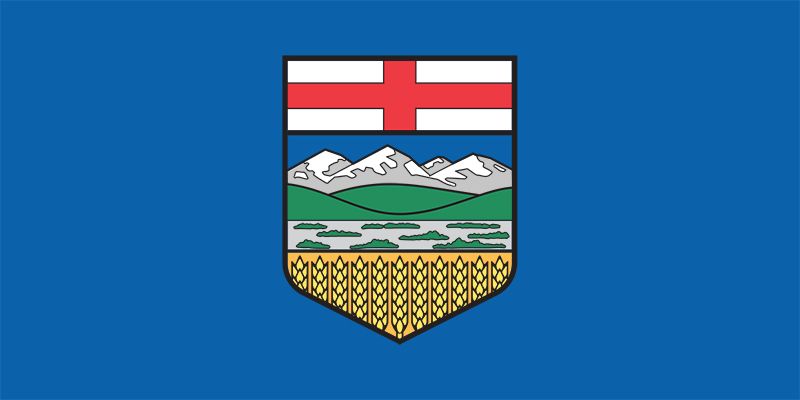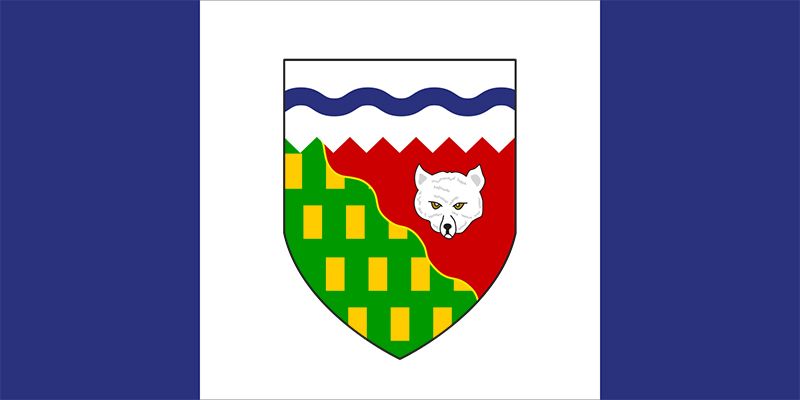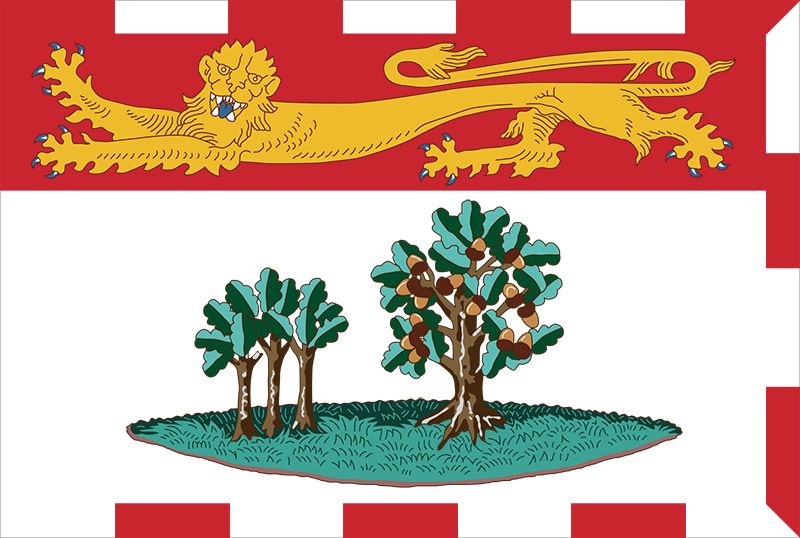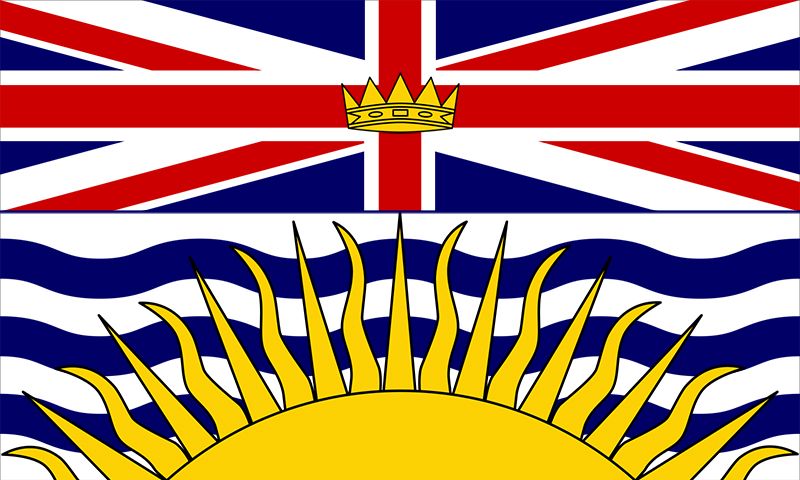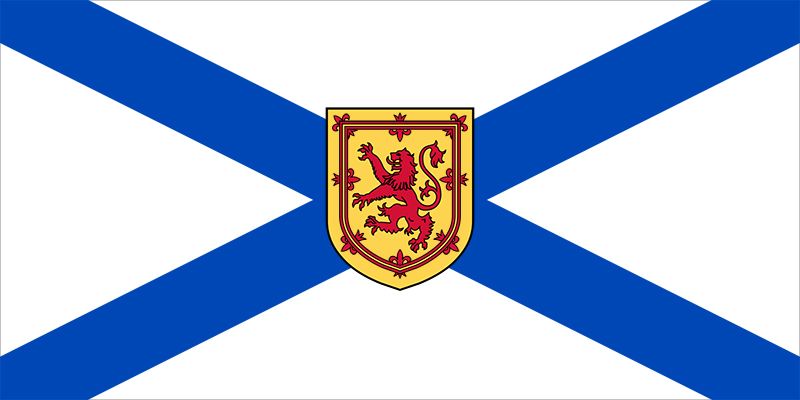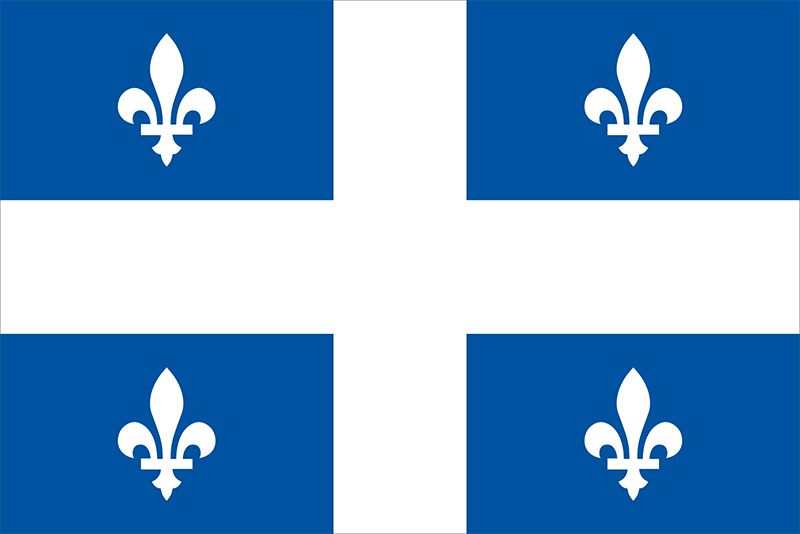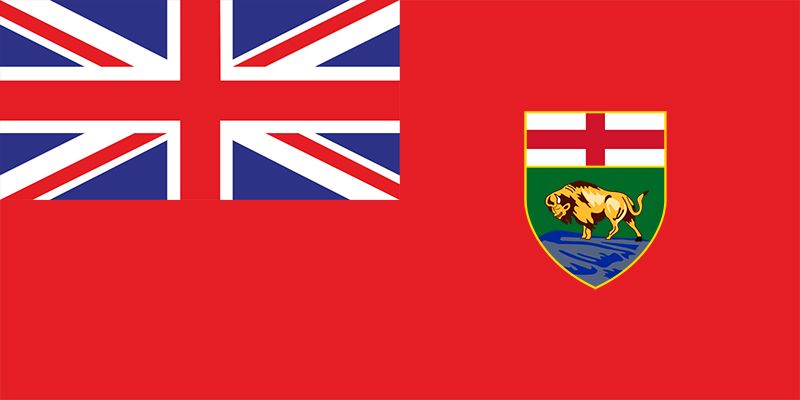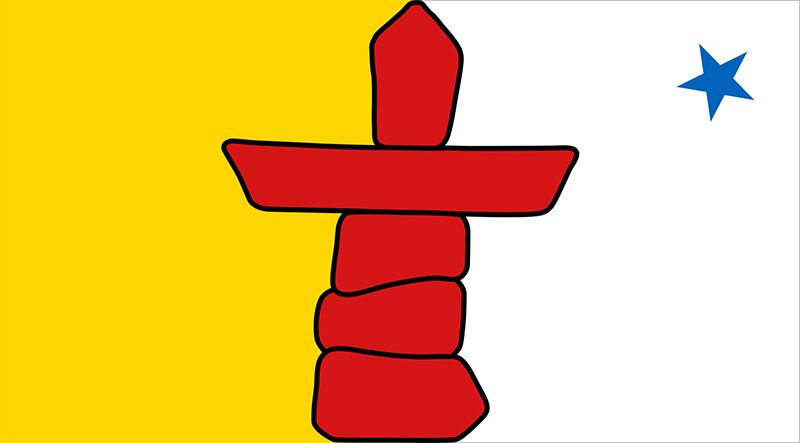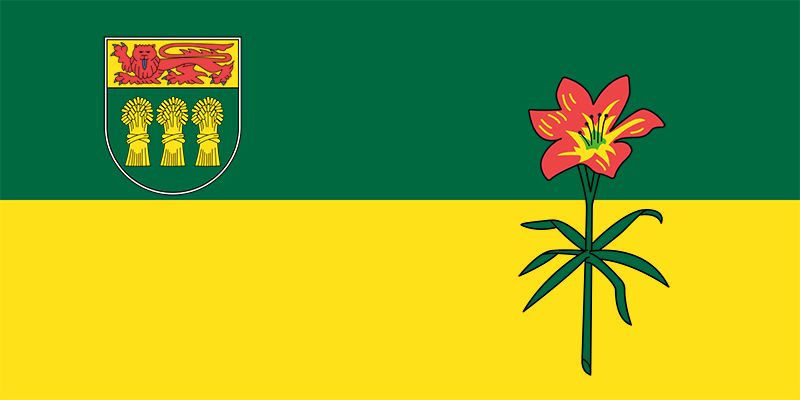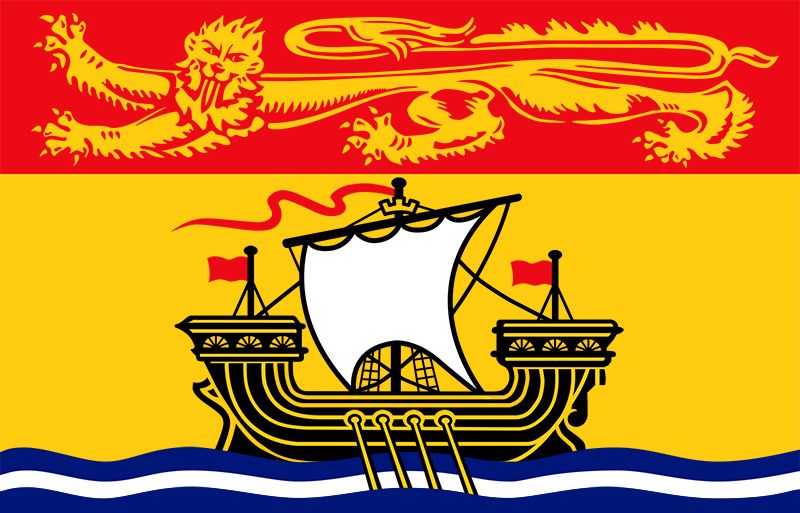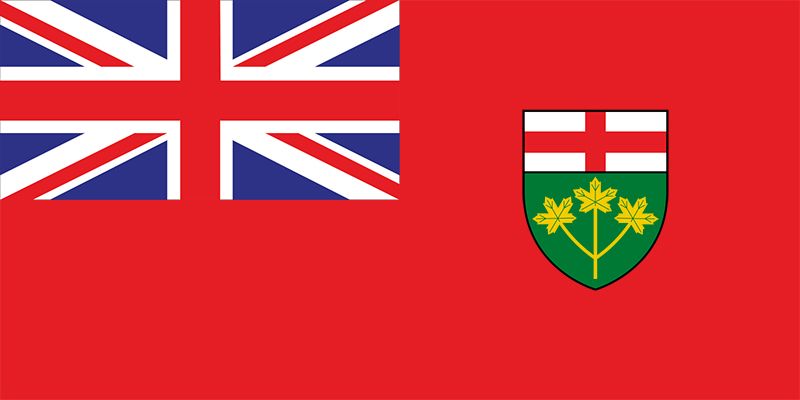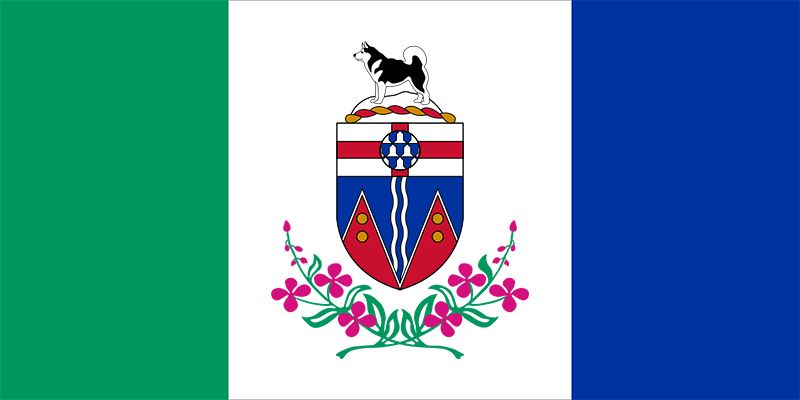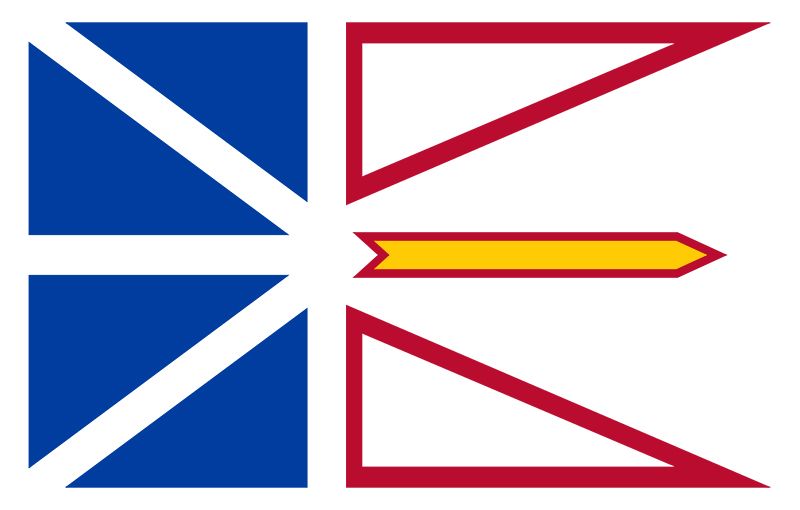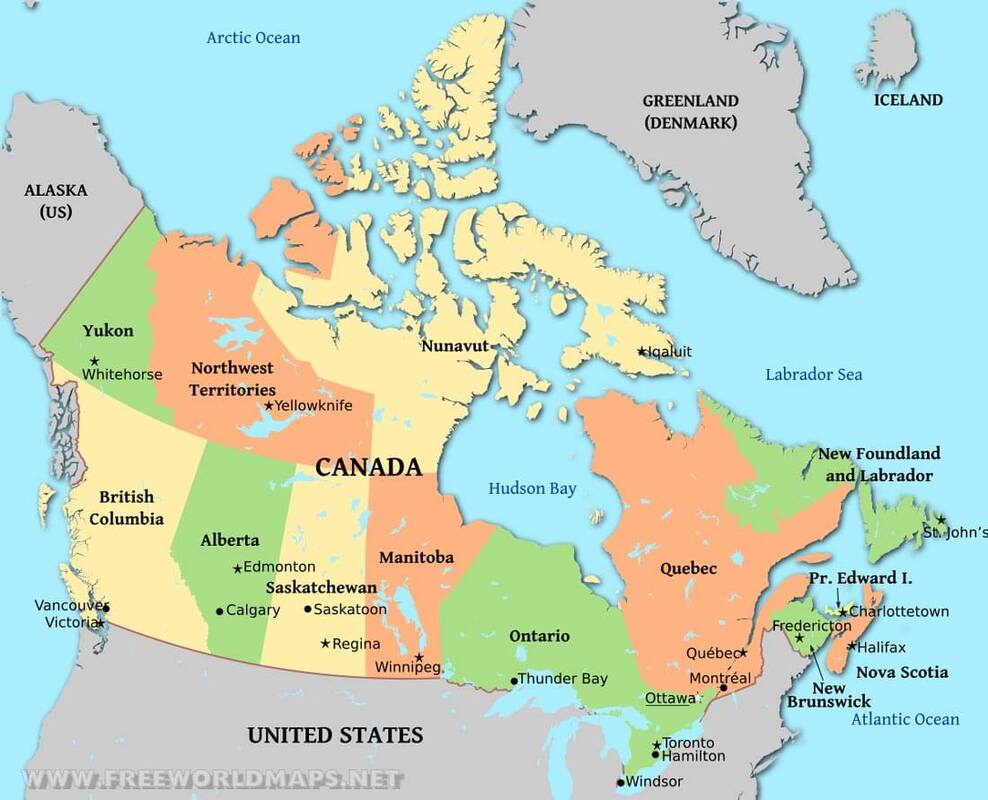North America: Land of Contrasts
|
From the windswept tundra of Alaska, U.S.A., to the rainforest of Panama, the third largest continent stretches 5,500 miles, spanning natural environments that are home to wildlife form polar bears to jaguars. The continent supports 23 countries and 592 million people who live primarily near the coasts and inland water sources. Culturally, the region reflects a mix of people who can trace their ancestry to indigenous people, West African countries, European countries, and elsewhere. Economically, the region's resources have enhanced the growth of North America's countries, as well as provided job opportunities for its people.
|
Canada
|
Topped only by Russia in area, Canada has just 36 million people. That's less than the population of the U.S. state of California. Ancient rocks yield abundant minerals. Lakes and rivers in Quebec are tapped for hydropower, and wheat farming and cattle ranching thrive across the western Prairie Provinces. Vast forests attract loggers, and mountain slopes provide a playground for nature lovers. Enormous deposits of oil sands are converted into barrels of oil, exposing the fragile tundra and waterways to possible contamination and habitat disruption. Most Canadians live within a hundred miles of the U.S. border in cities, such as Asian-influenced Vancouver, ethnically divers Toronto, national capital Ottawa, and French-speaking Montreal.
To learn more about Canadian geography click here. |
